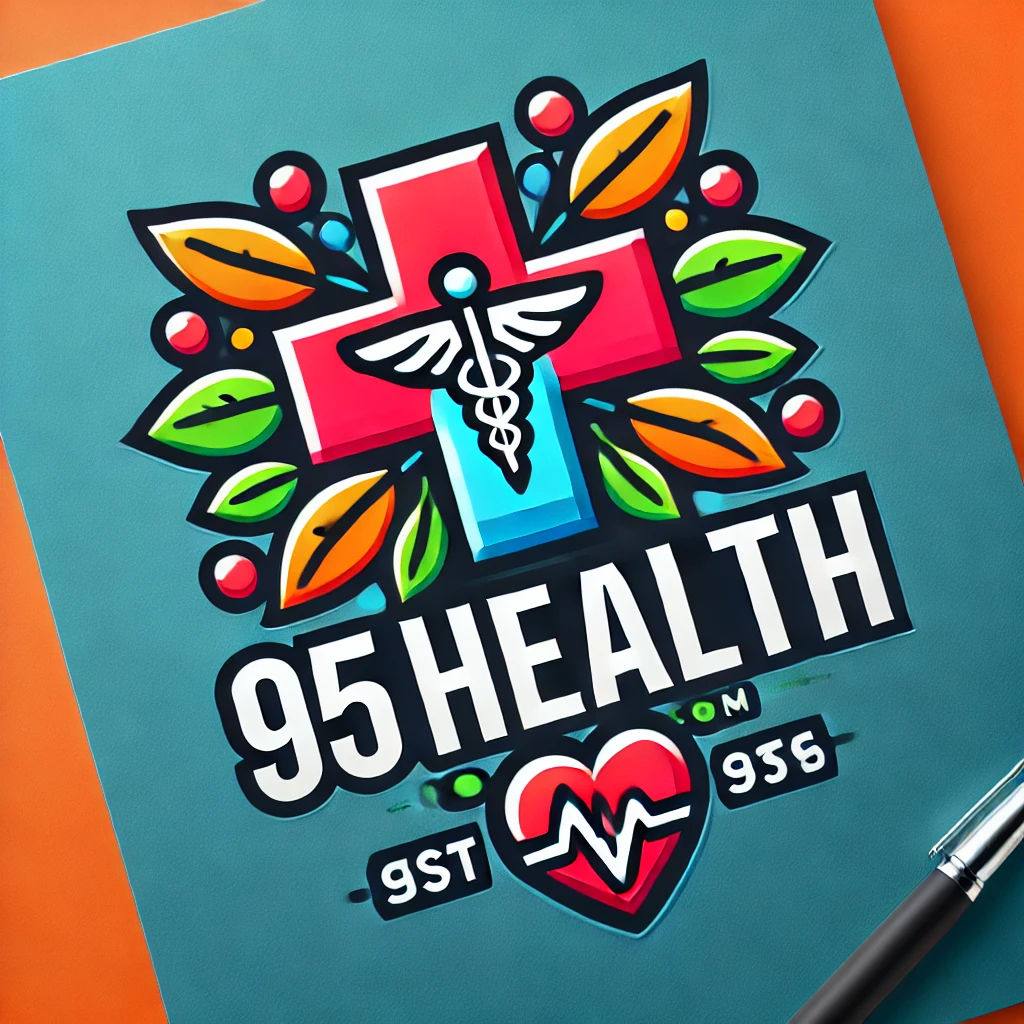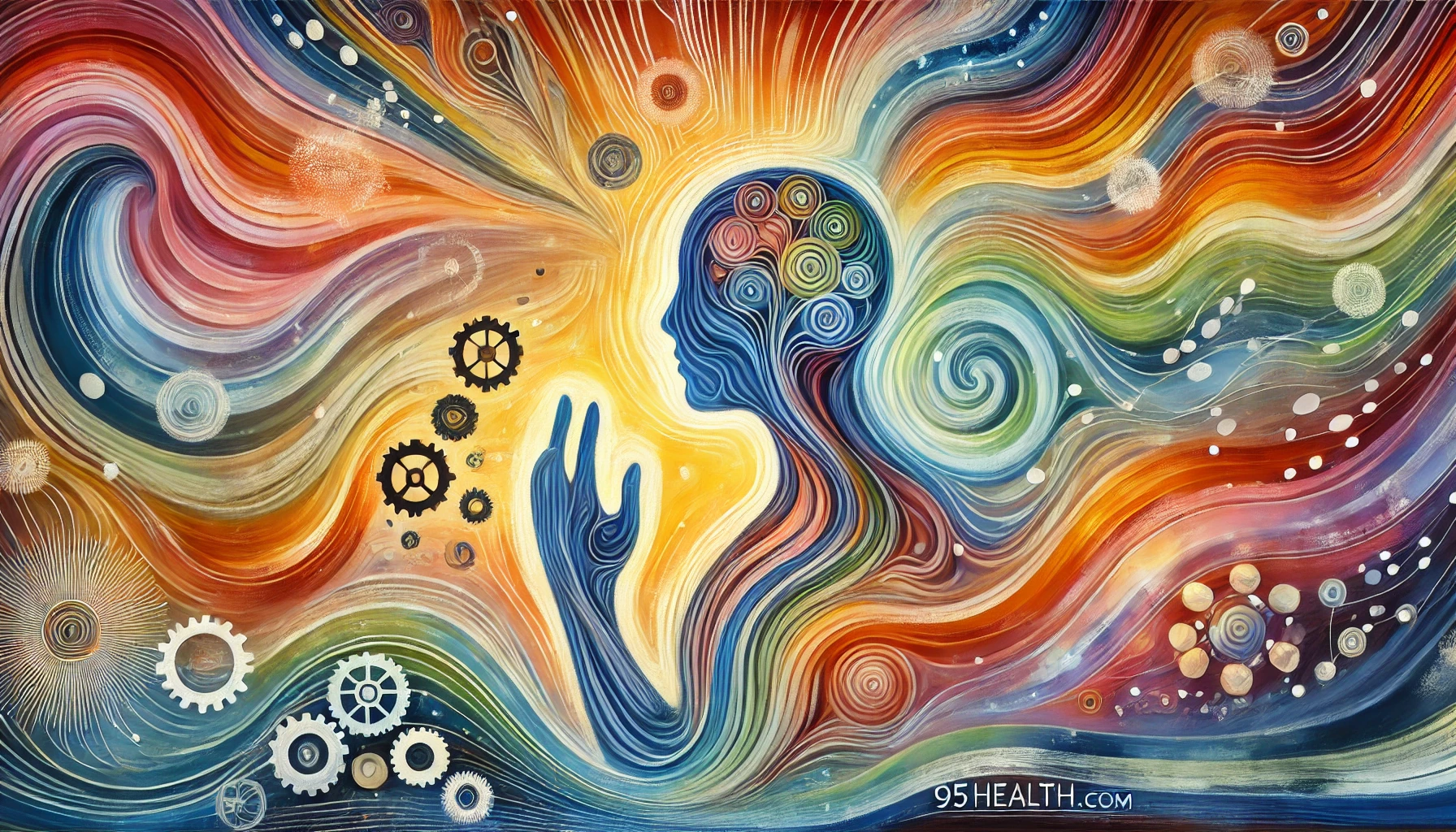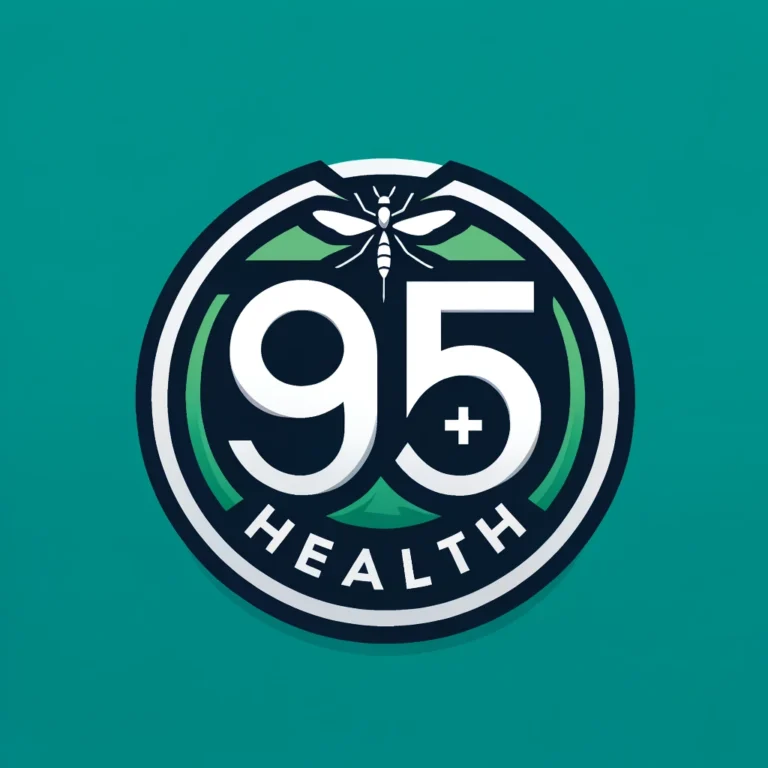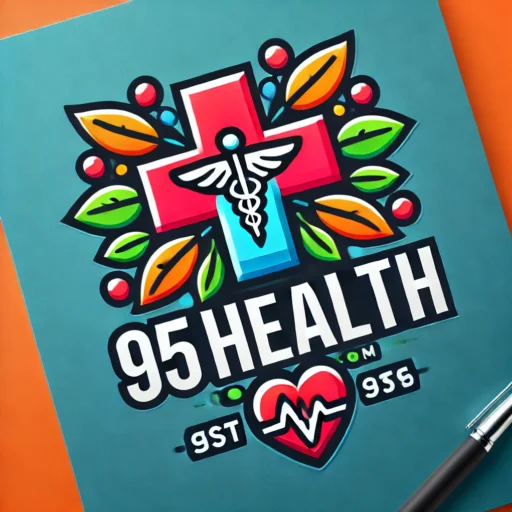How Our Body Helps Us Remember Things in Unexpected Ways
We often think of memories as things stored in our brains. Like books on a shelf. Ready to be picked up when needed. But what if memory was not just in the brain? What if our bodies also helped store and recall information? Scientists are now finding out that memory is more complex than we thought. And it is more fascinating too.
Recent studies are changing the old belief that memory is only in the brain. Research shows that our entire nervous system might help us remember. Even our physical body plays a role. For example, sensory cues like the feel of an object can trigger memories. So can the movement of our muscles. It is like those memories are tied to our physical experiences. Memory is not just neurons in the brain firing. It is also about how our mind, body, and environment interact.
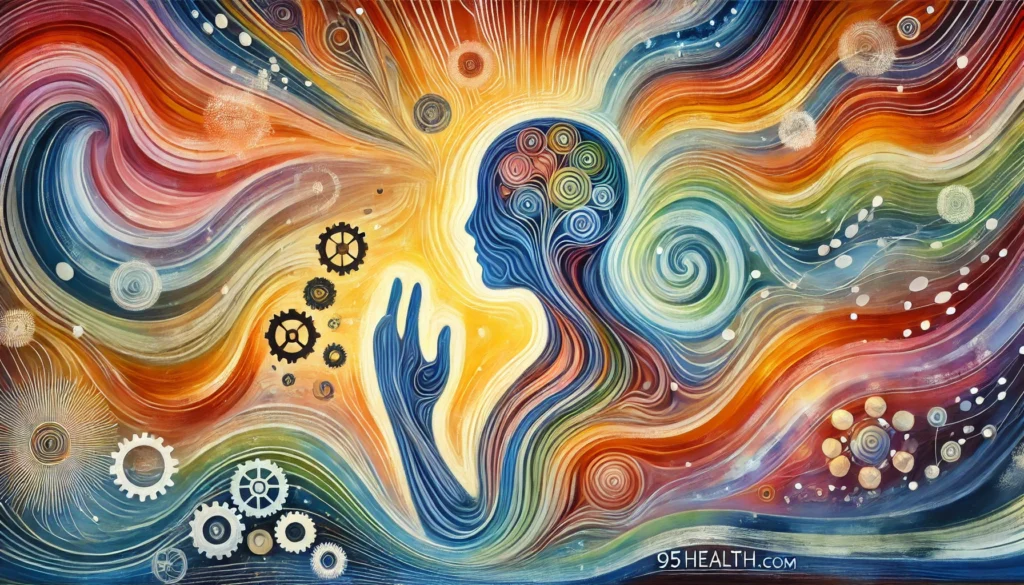
One study shows how movement and gestures help us remember. When we learn while using our hands, it stays with us. Like solving a puzzle or learning a dance. Our bodies hold that knowledge. Later, repeating the movement can bring those memories back. It is almost like our muscles remind our brain. It is more than just muscle memory. It is a deep link between actions and mental storage.
This is called “distributed memory”. It means parts of our body help us remember things. Think of an athlete. They recall complex moves when in the right position. Or a musician. Their fingers remember the notes before the brain does. Researchers now think our bodies store part of these memories. It is more than just the brain being in charge of memory.
This idea has big impacts. It suggests that moving our bodies helps support memory. Engaging with our environment is important too. The mind and body work together. They are partners in remembering and living life. This also gives hope for treating memory loss. Physical therapy and dance can help. Just moving with intention might boost recall.
So, what does this mean for us? To strengthen memory, use your whole body. Go beyond brain exercises like puzzles or reading. Move around. Play a sport. Garden. Or take a walk and think about your day. The mind and body are deeply connected. Embrace this connection. And create richer, stronger memories.
| Question | Answer |
|---|---|
| 1. Is memory only stored in the brain? (Yes/No) | |
| 2. Do movements help us recall memories? (Toggle Select) | |
| 3. Select the activities that can help support memory: (Multiple Select) |
Walking Reading Gardening |
| 4. What is the term for memory involving the entire body? (Drop Down Select) | |
| 5. Rate how important physical activity is for memory (1-10): (Slider) | |
| 6. Physical activity and memory are interconnected. (True/False) | |
| 7. How effective is dance as a way to support memory? (Matrix/Grid) | |
| 8. Does distributed memory involve the body alone? (Yes/No) |
Related Stories:
- New Type of Memory Loss Identified in Older Adults by Mayo Clinic Scientists
- Mayo Clinic Identifies New Type of Memory Loss Often Mistaken for Alzheimer’s
- How Our Brain Stores Multiple Copies of Memories
- How an Athlete’s Brain Differs from an Average Person’s
- Revolutionary AI and Brain Implant Technology Enables ALS Patient to Communicate After Years of Silence
References:
- Jones, S. “How the Body and Mind Work Together in Memory.” Science Daily, 2023.
- Smith, A. “The Concept of Distributed Memory.” Psychology Today, 2022.
- Brown, T. “Movement as a Tool for Memory Recall.” National Institute of Health, 2021.
- Green, L. “How Sensory Cues Trigger Memory.” Scientific American, 2023.
- Wilson, R. “Physical Therapy and Its Role in Memory Retention.” Healthline, 2022.
